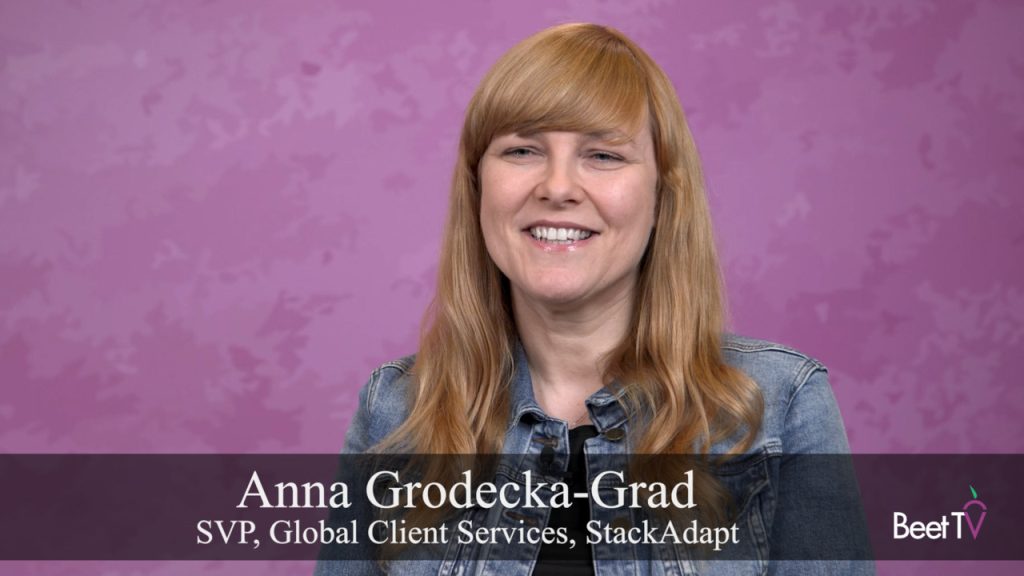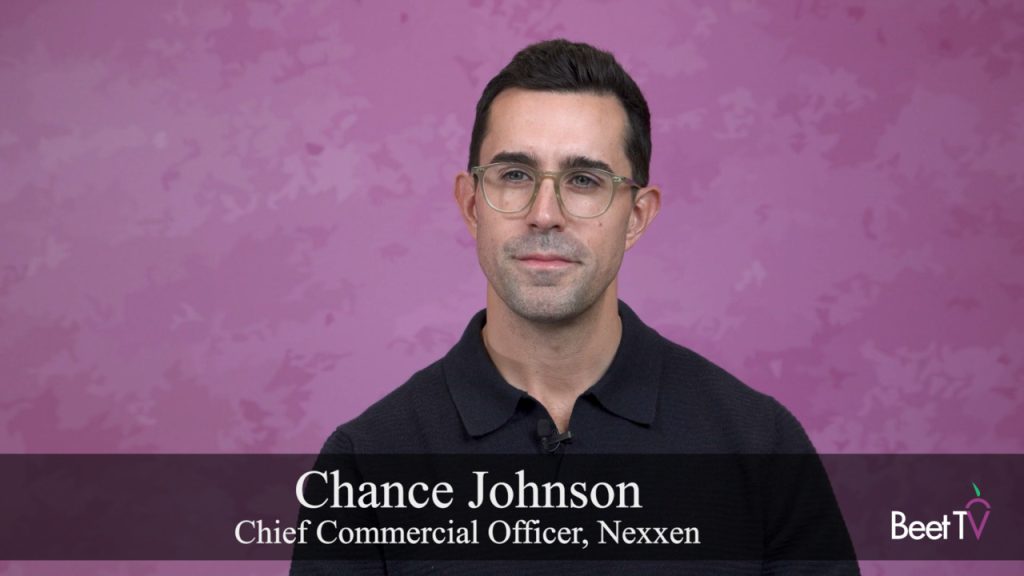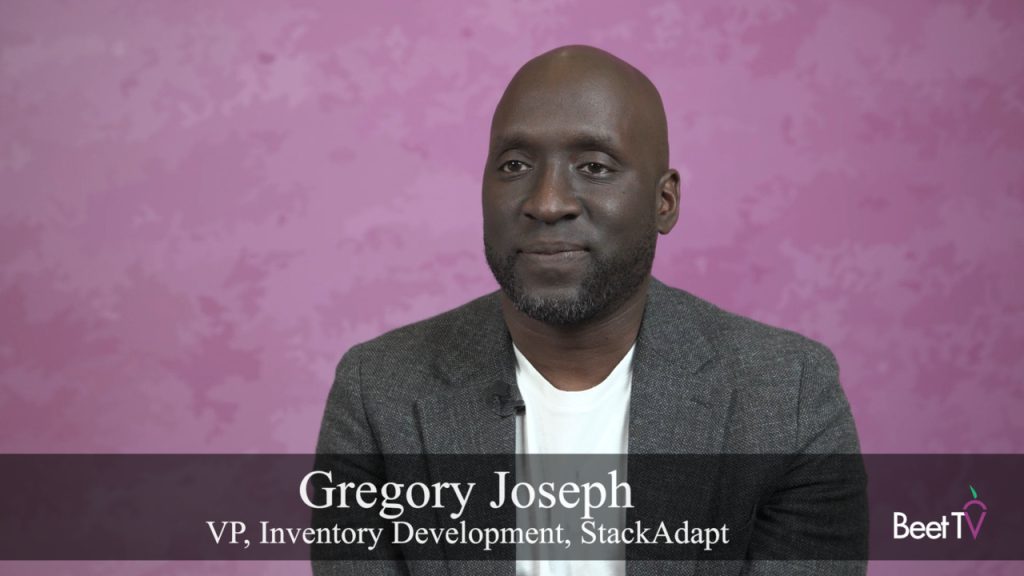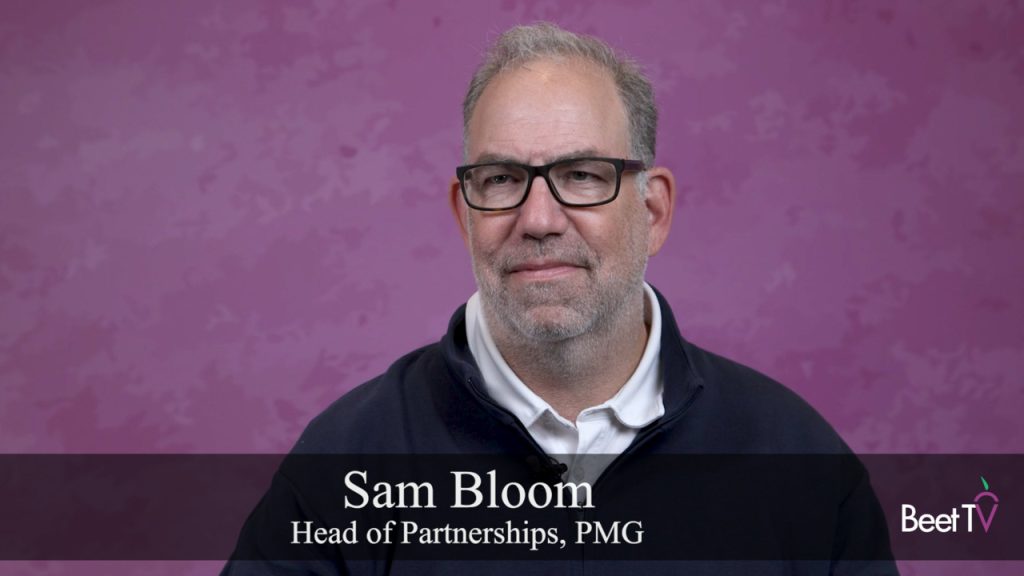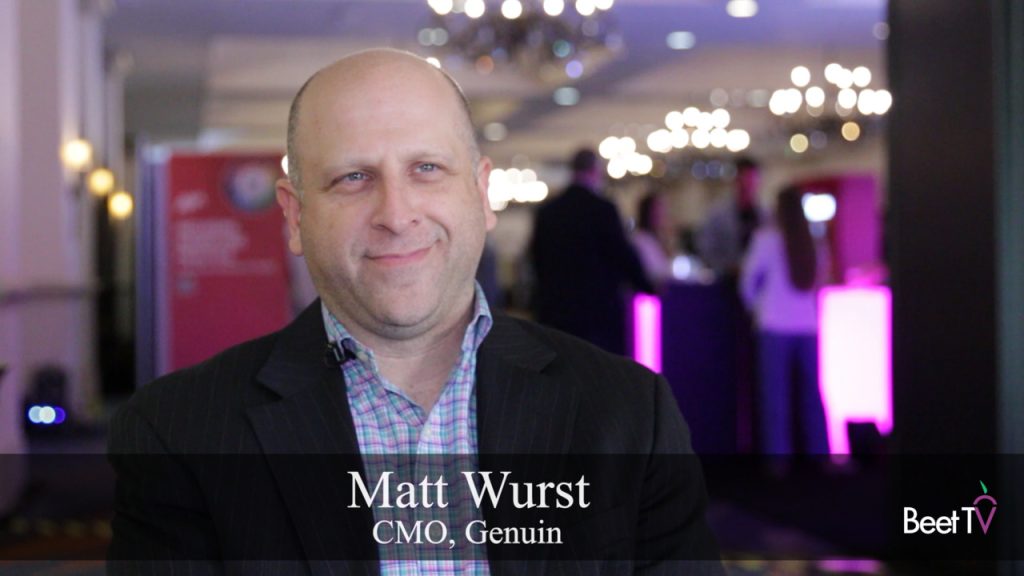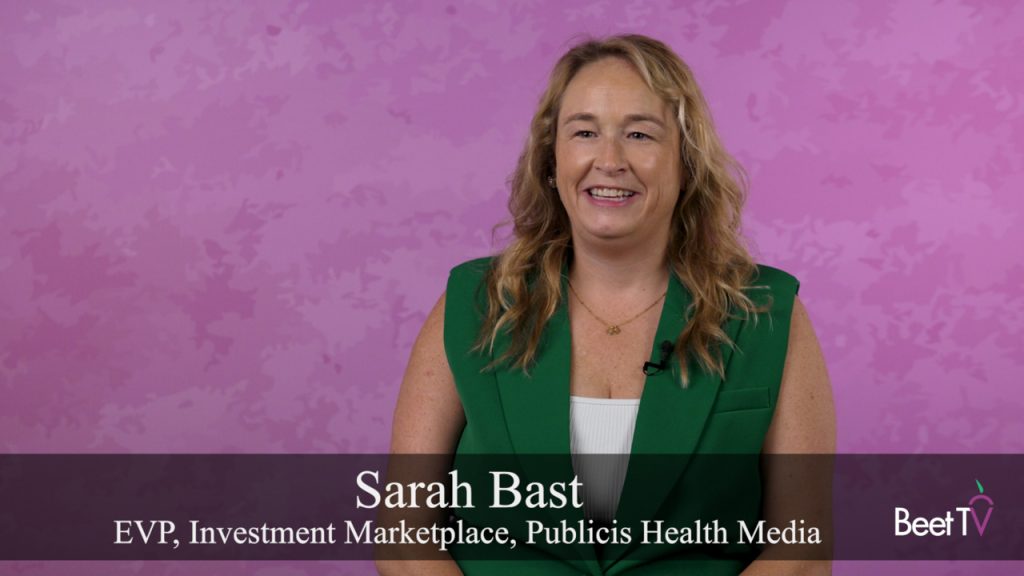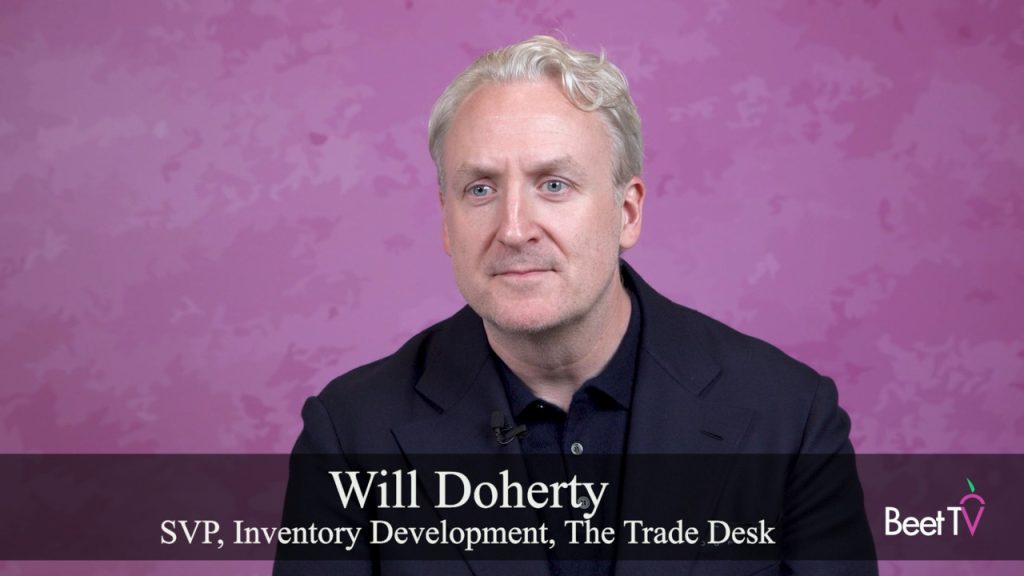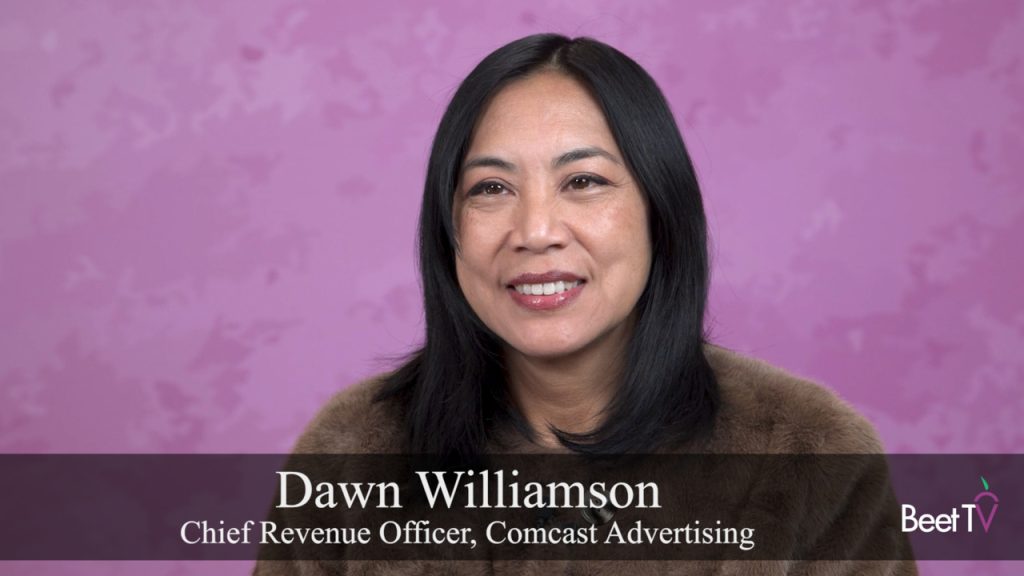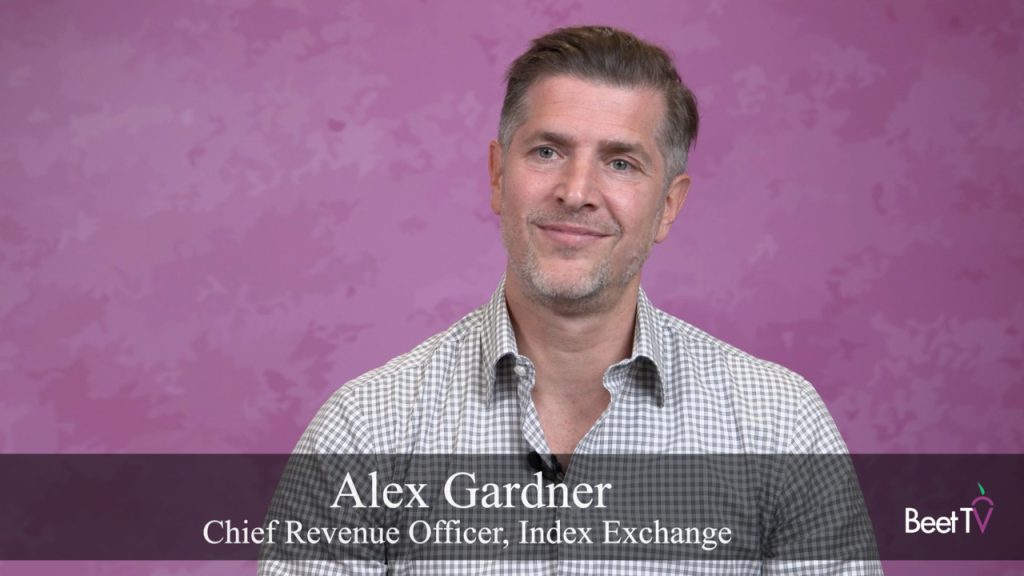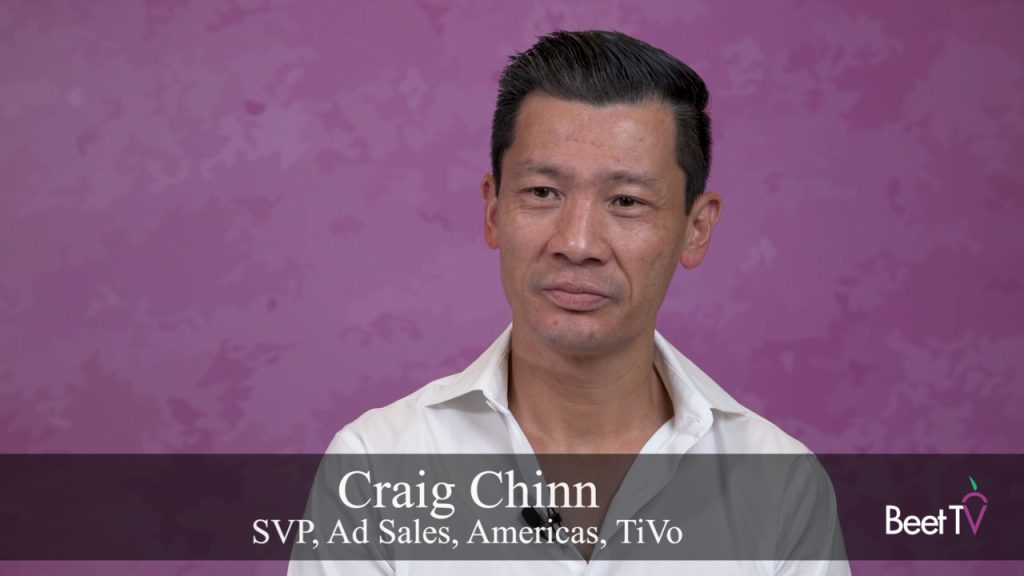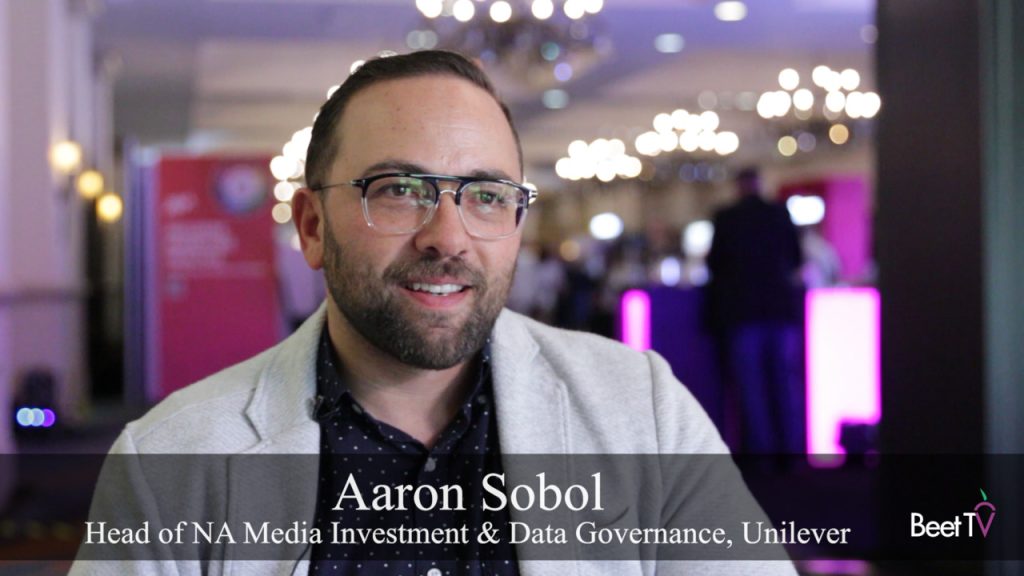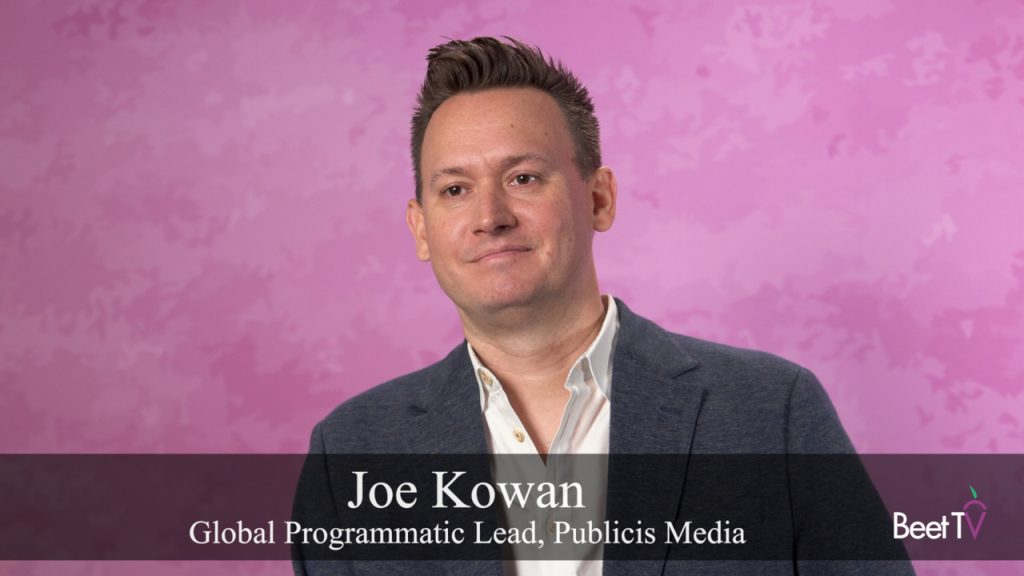VIEQUES, PR — Header bidding in programmatic advertising—not necessarily a new concept but one that’s gaining in popularity—can only benefit publishers and advertisers when both possess an intimate knowledge of the techniques involved, according to longtime practitioner Sam Cox.
Simply stated, header bidding enables publishers to avoid the “waterfall effect” of how ad exchanges offering their inventory are ranked, as well as the ability of Google’s AdX to have the very last bid. Header bidding affords visibility to both direct-sold inventory and that offered via exchanges simultaneously.
“The biggest part of header bidding is you get to see 100% of the users whereas traditionally in programmatic [it has] come from the bottom up,” says Cox. “You’ve only been exposed to the users that were not consumed by the guaranteed buys.
This doesn’t necessarily mean that you can win all the users.
“You have to understand three scaled systems: The publisher’s ad server, the exchange layer if you’re using one, and then how the DSP is going to bid,” Cox explains. “If you don’t understand all three of them you can get caught being able to see 100% of the users but not be able to action on them.”
Cox prefers not to use the term “bidding” at all with regard to the header bidding process. He says the key is ad server signals.
“We’ve been able to take the direct-to-publisher guarantees and make them programmatic or, most importantly, real-time data informed,” Cox says. “It gets things out of the Google ecosystem, which is pretty important, and it can put 20% back in the publisher’s pocket if you know how to structure the deal. Finally, the advertiser is able to inform the ad server in real time about the users that it wants to apply to its guarantee.”
This video was produced at the Beet.TV executive retreat presented by Videology. You can find more videos from the session here.







